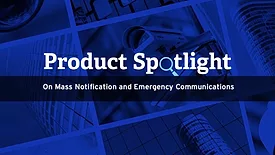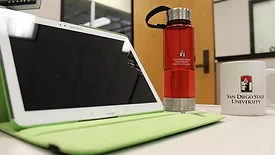Home » Keywords: » mass notification
Items Tagged with 'mass notification'
ARTICLES
Product Spotlight
Mass notification and emergency communications: Security technology spotlight
September 14, 2022
Sign-up to receive top management & result-driven techniques in the industry.
Join over 20,000+ industry leaders who receive our premium content.
SIGN UP TODAY!Copyright ©2025. All Rights Reserved BNP Media.
Design, CMS, Hosting & Web Development :: ePublishing












